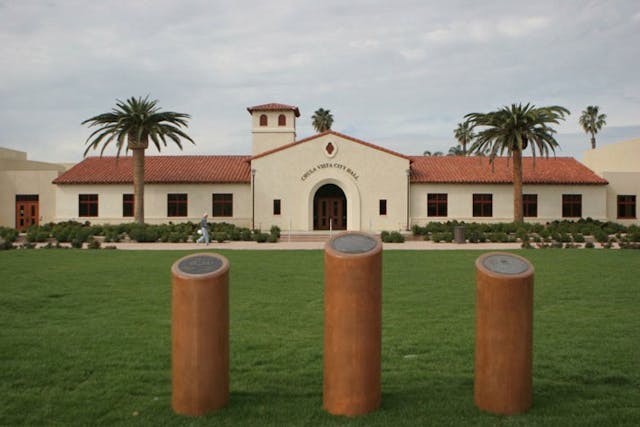In CA, Will New Education Funds Reach the Students Who Need It Most?
Commentary:
By Anna Challet
New America Media
California school districts will soon receive more money for high-needs students, but many parents and advocates are wondering: will the money actually be spent on the students it’s meant for?
Over 150 parents, students, advocates, and school officials came from across the state to testify in front of members of the State Board of Education in Sacramento earlier this month about the proposed guidelines for spending under the state’s new Fair School Funding law, also known as the Local Control Funding Formula (LCFF).
State Senator Holly Mitchell (who represents Culver City and parts of Los Angeles), speaking in her capacity as the chair of the California Legislative Black Caucus, called it “alarming” that the proposed regulations seem to allow districts to spend funds that are allocated for high-needs students in a discretionary manner, without having to demonstrate that they’re using funds for services for these students in proportion to the dollars being generated by them.
She said the Caucus’s past support of the funding law was “based on discussion and commitments that equity for students with the greatest needs would be honored,” and that the current proposed guidelines don’t reflect “the spirit of the law.”
Parents, many of them Spanish speakers using interpreters, expressed concern that there is no protocol in place with regard to parent engagement with the districts. They say parents must be able to give districts input as to how the additional dollars will be spent, and that the decision-making process at the district level needs to be transparent so that parents can make sure money is making it to the school sites and to the students with the greatest needs.
Over the next 8 years, education spending in California will increase by $18 billion, and more money will be allocated to districts with higher numbers of students with greater needs, including low-income students, English learners, and foster children. Districts will receive a base amount per student, with an additional 35 percent for each high-needs student; individual districts with a large number of these students will also get additional grants.
A key component of the funding formula is that districts will have more control than in the past over how funds are spent.
Additional funding is supposed to be used to provide services for the high-needs students, but because current proposed regulations would give districts more flexibility in their spending, parents and advocates are concerned that the supplemental funds won’t actually be spent on the students for whom they’re designated.
At issue is whether flexibility in the guidelines will result in funds not reaching the students whose education requires more spending; another concern is how districts will be held accountable by the State Board for spending the additional funds on the students who need them most.
The State Board is scheduled to vote on the new regulations in January.



 Arturo Castañares
Arturo Castañares


